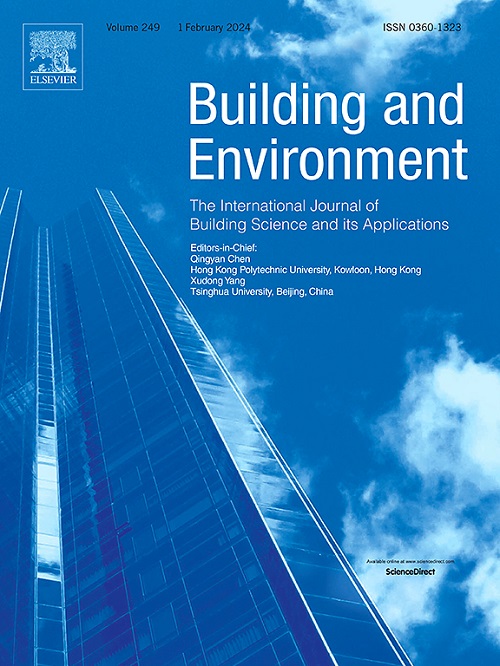Resilience and environmental benefits of electric school buses as backup power for educational functions continuation during outages
IF 7.1
1区 工程技术
Q1 CONSTRUCTION & BUILDING TECHNOLOGY
引用次数: 0
Abstract
School buses transport 20 million students annually and are currently undergoing electrification in the U.S. With Vehicle-to-Building (V2B) technology, electric school buses (ESBs) can supply energy to school buildings during power outages, ensuring continued operation and youth safety. This study proposes assessing the resilience of secondary schools during outages by leveraging ESB fleets as backup power providers. The findings reveal that the current fleet of ESBs in representative U.S. cities across nine climate regions is insufficient to meet the power demand of an entire school or even its HVAC system. However, we estimated the number of ESBs required to support a school’s power needs, and we showed that the use of V2B technology significantly reduces carbon emissions compared to backup diesel generators. While adjusting HVAC setpoints and installing solar panels have limited impacts on enhancing school resilience, gathering students in classrooms during outages significantly improved resilience in our case study in Houston, Texas. It is essential for schools to complement ESBs with stationary batteries and other backup power sources or smart management strategies to effectively address prolonged outages. Determining the deployment of direct current fast and Level 2 chargers can reduce infrastructure costs while maintaining the resilience benefits of ESBs.
求助全文
约1分钟内获得全文
求助全文
来源期刊

Building and Environment
工程技术-工程:环境
CiteScore
12.50
自引率
23.00%
发文量
1130
审稿时长
27 days
期刊介绍:
Building and Environment, an international journal, is dedicated to publishing original research papers, comprehensive review articles, editorials, and short communications in the fields of building science, urban physics, and human interaction with the indoor and outdoor built environment. The journal emphasizes innovative technologies and knowledge verified through measurement and analysis. It covers environmental performance across various spatial scales, from cities and communities to buildings and systems, fostering collaborative, multi-disciplinary research with broader significance.
 求助内容:
求助内容: 应助结果提醒方式:
应助结果提醒方式:


